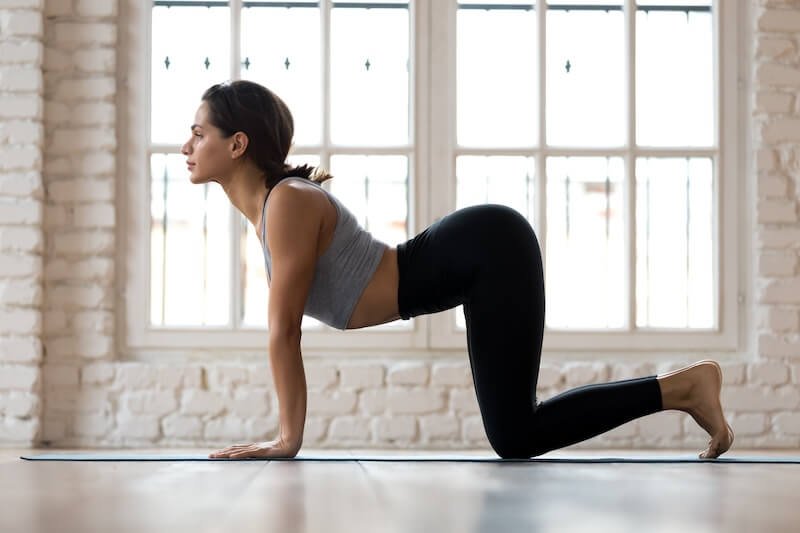The Benefits of Stretching Before Bed for a Better Night's Sleep
Introduction
In today's fast-paced world, achieving a restful night's sleep can be a challenge, especially for those living with narcolepsy or other sleep disorders. However, one simple and effective way to improve your sleep quality is by incorporating a stretching routine into your bedtime ritual. Stretching before bed not only reduces physical tension but also promotes relaxation, making it easier to drift off into a deep, restorative sleep.
How Stretching Enhances Sleep
Relieves Physical Tension: Throughout the day, stress and poor posture can cause tension to build up in areas such as the back, neck, and shoulders. Stretching these key muscle groups before bed can alleviate discomfort, allowing your body to relax more fully.
Encourages Mindfulness: Stretching offers more than just physical benefits. By focusing on your breath and body movements, you can divert your mind from the day's stressors, activating your parasympathetic nervous system. This shift helps foster a sense of calmness, preparing your mind for sleep.
Strengthens the Mind-Body Connection: Regular stretching reduces mental clutter and anxiety, signaling to your body that it's time to unwind. This practice helps create a routine that aligns your body and mind for a smoother transition to sleep.
Promotes Consistency: Making stretching a consistent part of your nightly routine can enhance your overall sleep patterns. Over time, your body will begin to associate these gentle movements with bedtime, helping you fall asleep faster and enjoy more restful sleep.
Bedtime Stretch Sequence
Here’s a soothing bedtime stretch routine designed to help you unwind, release tension, and prepare your body and mind for a restful night’s sleep.
Seated Forward Fold
Calm your mind and stretch both your back and hamstrings by sitting with legs extended, folding forward from the hips as you exhale.
Cat-Cow Pose
Improve your spinal flexibility and relieve back stiffness with this gentle flow on your hands and knees.
Thread the Needle
Open your shoulders and relieve upper back tension with this soothing stretch.
Child’s Pose
Ease tension in your back, shoulders, and neck, and promote full-body relaxation in this comforting position.
Happy Baby
Stretch your hips and lower back while creating a soothing effect on both mind and body.
Figure Four Stretch
Target your hips and lower back, relieving common areas of tightness.
Reclined Twist
Alleviate tension in your lower back and improve spinal mobility with this relaxing twist.
Supine Knee-to-Chest Stretch
Ease lower back pain and prepare your body for a better night’s sleep with this simple stretch.
Cobra or Sphinx Pose
Stretch your lower back and abdominal muscles, reducing stress and fatigue.
Legs Up the Wall
Aid circulation, relieve tired legs, and promote a calming effect on the body by elevating your legs.
Corpse Pose (Savasana)
Finish with deep relaxation, integrating the benefits of the stretch sequence and preparing your body for deep sleep.
How Long Should I Stretch For?
For optimal relaxation, each stretch should be held for about 30 seconds to 1 minute. This duration allows your muscles to fully relax, promoting a deeper sense of calm. The total time for completing this bedtime stretch sequence is approximately 20-30 minutes, allowing you to thoroughly enjoy each stretch without rushing.
Implementing a Nighttime Stretching Routine
To maximize the benefits of your bedtime stretching routine:
Consistency is Key: Perform these stretches at the same time each night to establish a routine.
Create a Relaxing Environment: Dim the lights, play soft music, or use aromatherapy to enhance relaxation.
Focus on Breathing: Deep, mindful breathing can amplify the relaxation effects.
Listen to Your Body: Adjust each stretch to be comfortable and beneficial, never pushing into pain.
End with Relaxation: Conclude with poses like the child’s pose to deepen relaxation and signal to your body that it’s time to rest.
By incorporating these stretches and yoga poses into your evening routine, you can release physical and mental tension, promoting a smoother transition to sleep. This practice not only helps you fall asleep faster but also improves the quality of your sleep, ensuring you wake up refreshed and rejuvenated.
Ready to Live Your Best You?
Ready to transform your sleep and overall well-being? Access the Kaizen Life Academy app today and start your journey towards better sleep, reduced stress, and a healthier, more resilient life. Whether you’re living with narcolepsy or simply looking to enhance your sleep quality, our app offers the tools and support you need to live your best life. Join us now and unlock access to free resources designed to help you sleep better, move better, manage stress, boost energy, and thrive in all areas of life.













